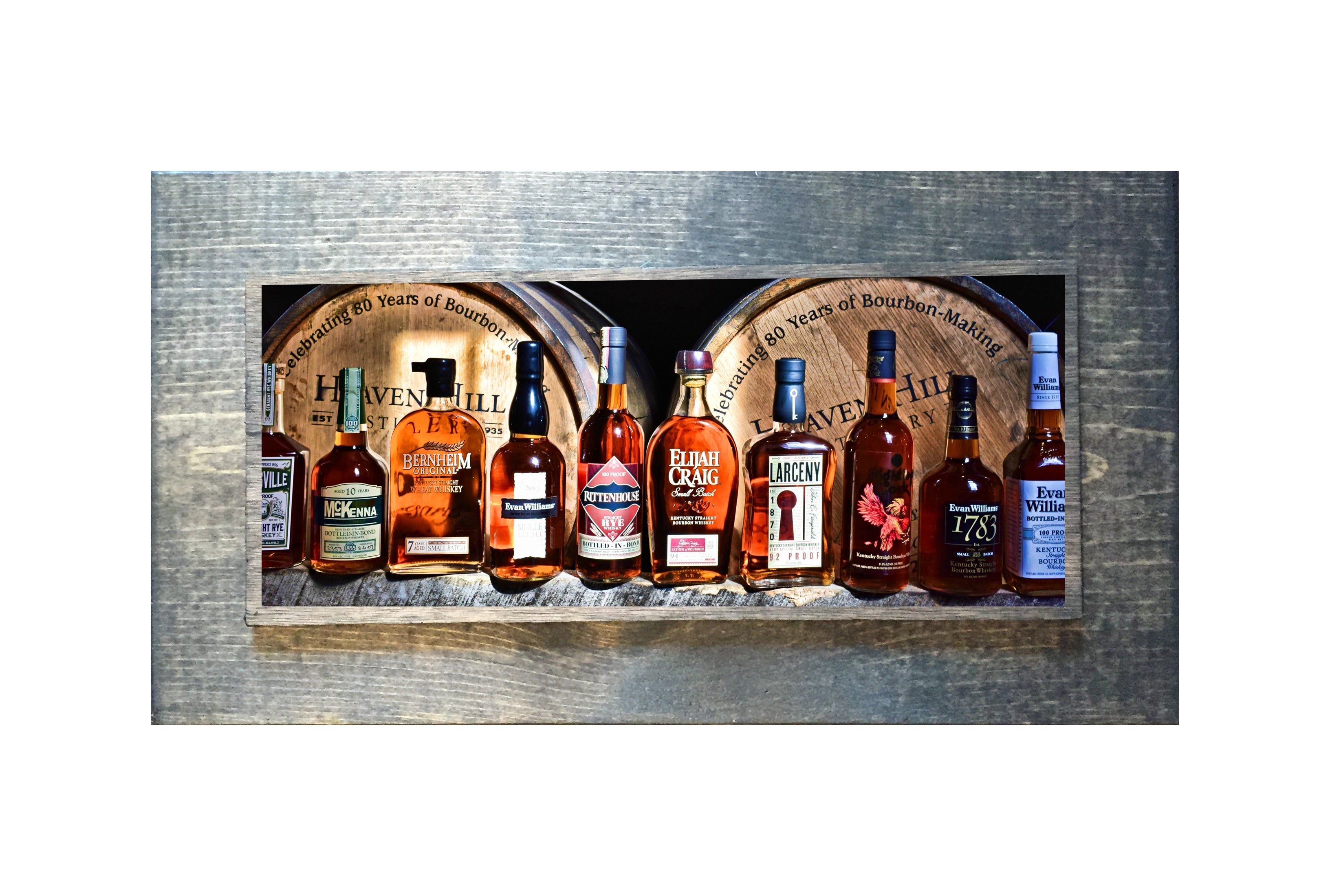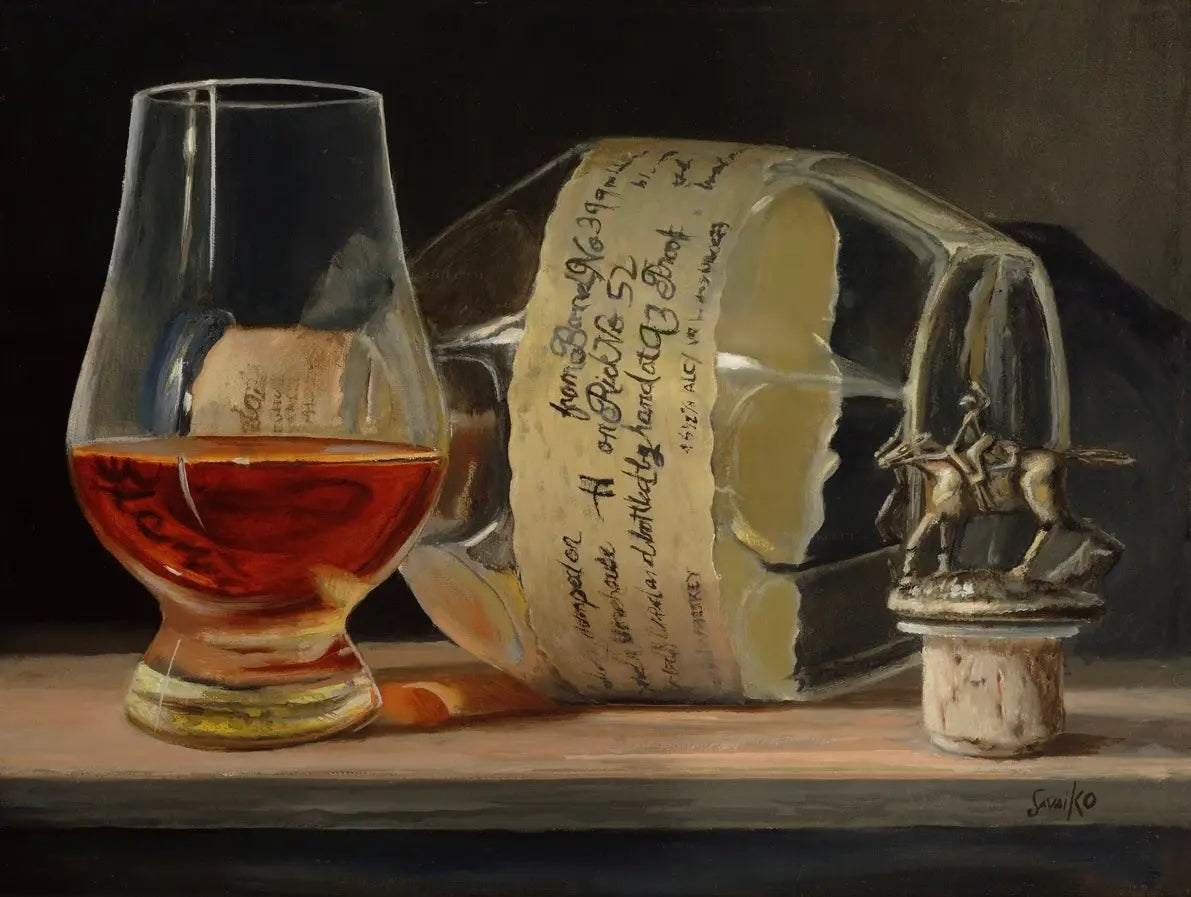Whiskey Art as a Declaration: How It Improves Home Decoration
The Significance of Whiskey Art in Celebrating Heritage and Craftsmanship in the Beverage Sector
The detailed connection between bourbon art and the event of heritage and craftsmanship within the drink market can not be overemphasized. With thoughtfully made containers and labels, bourbon brands envelop their historical origins and the artisanal skills that specify their manufacturing methods.
The Historic Roots of Whiskey
At the heart of whiskey's attraction lies an abundant tapestry of historical origins that trace back to old worlds. The beginnings of scotch can be connected to the distillation techniques of the Sumerians and Babylonians around 2000 BCE, where early kinds of fermented grain beverages started to arise. Nevertheless, it remained in the Middle Ages that the art of purification evolved dramatically, particularly in Ireland and Scotland, bring about the development of bourbon as we understand it today.
The term "scotch" itself originates from the Gaelic word "uisce beatha," implying "water of life." This expression emphasizes the cultural importance of whiskey in Celtic cultures, where it was usually related to rituals, parties, and communal bonding. By the 15th century, purification became an acknowledged craft within reclusive communities, leading the way for the facility of lawful distilleries.
As profession routes broadened, scotch's appeal expanded, going beyond local borders and capturing the rate of interest of lovers worldwide. Limited Edition. This historic trip reflects not only the craftsmanship behind whiskey production but likewise its important function in social and social contexts, noting it as a substantial drink throughout background
Artistic Expression in Branding
Bourbon branding stands as an engaging junction of virtuosity and business, where aesthetic identification plays a vital duty in forming customer understanding. The appearances of bourbon tags, product packaging, and advertising and marketing products show not only the brand's story yet additionally its core worths and heritage. With creative expression, distilleries communicate a narrative that reverberates with customers, stimulating emotions and sparking links.
Using color, typography, and imagery in branding offers to distinguish products in a saturated market. As an example, standard motifs might evoke a feeling of authenticity and craftsmanship, while modern layouts can represent innovation and forward-thinking. This critical creative instructions improves brand name recognition and commitment, allowing customers to forge an individual relationship with the scotch they pick.
Furthermore, imaginative expression in branding typically acts as an event of local heritage. Distilleries frequently integrate neighborhood signs or historic references into their layouts, creating a local color that invites consumers to engage in a broader cultural experience. Inevitably, the virtuosity behind whiskey branding not just boosts visual appeal however additionally enriches the general story of the brand name, fostering a deeper recognition for the workmanship and heritage ingrained in each bottle.
Craftsmanship in Bottle Style
The virtuosity evident in whiskey branding prolongs past aesthetic identification to incorporate the craftsmanship associated with bottle style. Each container works as a vessel not simply for the spirit within, yet also for the story it outlines its custom, origin, and top quality. The design process needs careful attention to detail, as aspects such as closure, form, and product contribute considerably to the overall perception of the whiskey.
Craftsmanship in container layout includes choosing top notch glass that can improve the scotch's color and clarity, while additionally giving a responsive experience for the consumer. The silhouette of the container have to be both aesthetically enticing and practical, typically showing the heritage of the brand. Several distilleries choose distinct shapes or printed logos that evoke a feeling of authenticity and background.
Additionally, the label design and typography play a critical function in communicating the brand name's narrative. Bourbon Art. A well-crafted container not only astounds the customer's eye but additionally strengthens the brand name's dedication to quality and practice. In this way, the workmanship of bottle layout ends up being a vital element of the whiskey experience, combining artistry with an extensive respect for heritage
Social Significance of Scotch Art
Celebrating custom and workmanship, the cultural value of scotch art goes beyond mere appearances, intertwining with the social and historic stories of the areas from which it comes from. Each bottle works as a canvas, showing the distinct tales, mythology, and traditions that have actually formed local whiskey-making methods. The intricate styles usually reflect the heritage of the distillers, integrating icons and motifs that resonate with the society and worths of their communities.

Furthermore, bourbon art plays an important duty in communal celebrations and celebrations, functioning as a tangible web link between individuals and their shared experiences. By appreciating the artistry in scotch product packaging, customers cultivate a much deeper understanding and respect for the craft, inevitably improving their pleasure of the beverage itself.
Modern Trends in Scotch Discussion
In recent times, the discussion of whiskey click over here has advanced to reflect contemporary preferences and trends while still honoring typical craftsmanship - Whiskey Art. Distilleries are significantly concentrating on aesthetic aspects that boost the overall drinking experience, linking the void between heritage and modernity
Ingenious container layouts have actually emerged, typically including lasting materials and artistic labels that inform engaging tales. Many brands now work together with regional musicians, instilling their items with unique visual expressions that resonate with consumers. Furthermore, limited-edition releases are commonly packaged in collectible containers, including worth and allure for aficionados.

Conclusion
To conclude, bourbon art serves as a crucial avenue for expressing the heritage and craftsmanship intrinsic in the drink industry. Through complex branding, cutting-edge container designs, and culturally considerable creative components, bourbon brands efficiently honor their customs and get in touch with customers. This artistic narrative not only elevates the recognition of scotch yet additionally enhances community identity and pride among producers. Ultimately, whiskey art plays a vital function in preserving and commemorating the abundant social tapestry of whiskey-making.


Workmanship in bottle design entails picking high-grade glass that can boost the scotch's color and clarity, while additionally giving a responsive experience for the consumer. In this way, the workmanship of container design becomes an essential element of the scotch experience, merging virtuosity with an extensive regard for heritage.
In final thought, whiskey art offers as a crucial conduit for sharing the heritage and workmanship integral in the drink sector.